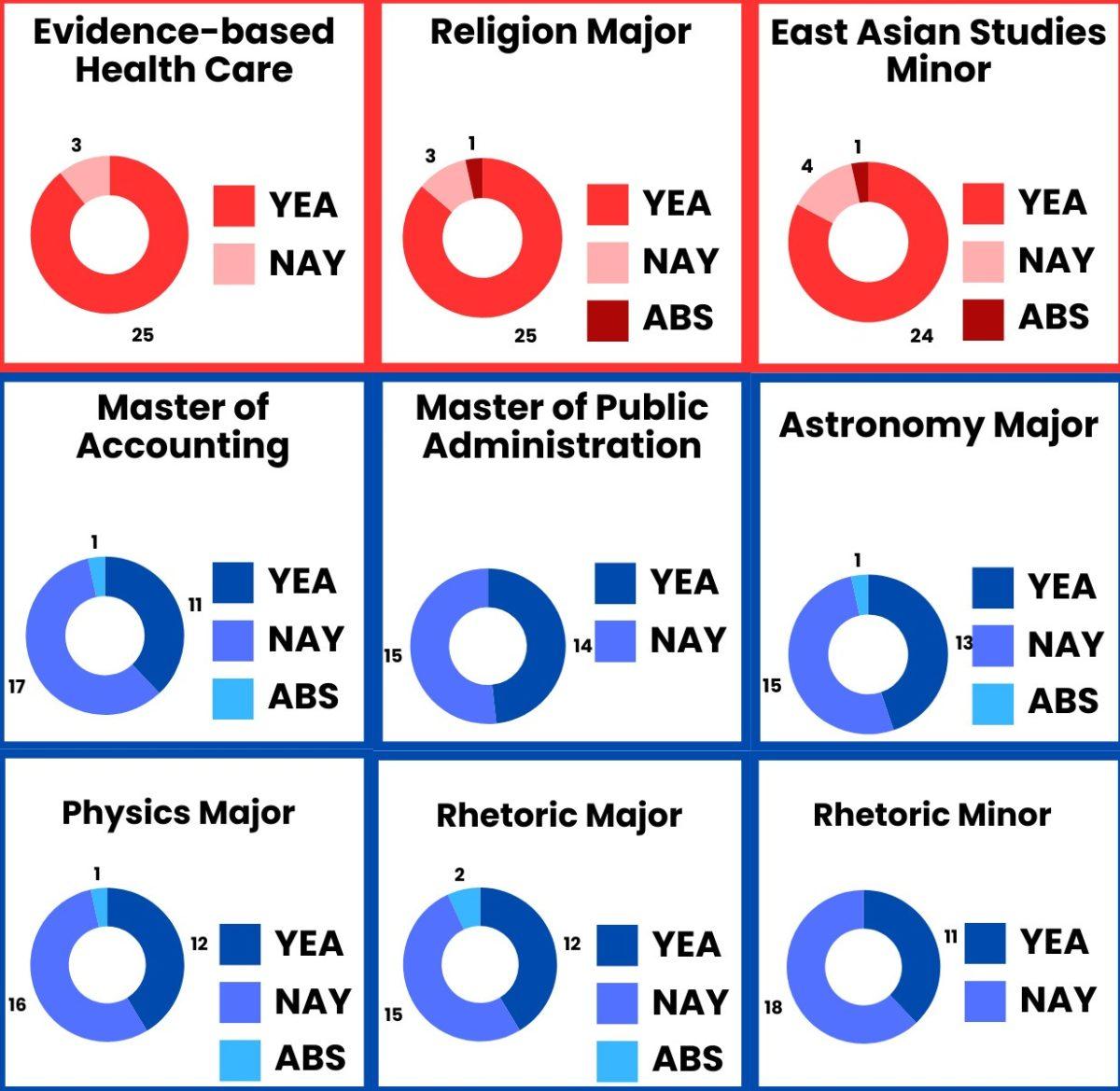Opinion by Avery Gregurich
 Everyone agrees that the “Wi-Fi world” has taken many things from us. They say our communication skills, our sense of shame and most significantly, our attention spans have all been thrown into the wood chipper.
Everyone agrees that the “Wi-Fi world” has taken many things from us. They say our communication skills, our sense of shame and most significantly, our attention spans have all been thrown into the wood chipper.
Because of the infinite labyrinth of content harbored by the Internet, news coverage and real journalism often trickle down to the bottom of the data heap.
They curse websites like BuzzFeed, Boing Boing and Thought Catalog — with their impeccable animal compilations and humorous GIFs about television shows — as virtual cesspools, full of viral content that do nothing but pull our eyes away from relevant, journalistic content.
It has been easy to pull on my dusty curmudgeon pants along with them, cursing BuzzFeed and others for their click-centered content.
“It dumbs down the Internet!” “What purpose do those useless lists and GIFs serve?” “Justice!” “Truth!” Believe me, up until now I have been right along with them, pitchfork in hand.
But as I have come to realize, BuzzFeed and similar sites are the future of journalism.
The more I navigated around these websites, well past the popular Entertainment and Life sections where the “viral” content lurks, the more I found honest-to-goodness news stories.
On BuzzFeed, “How Angry Car Owners Became The Driving Force Of Ukraine’s Protest Movement” and “Journalists Worldwide Protest Egypt’s Crackdown On The Press” were nestled directly next to “2 Cats Who Know The Secret To A Good Cuddle” and “7 Things You Should Never Say To Women.”
On Thought Catalog, incredibly well-written op-eds about Woody Allen’s child abuse allegations, racism and eating disorders sat calmly next to “7 Dating Mistakes to Avoid This Spring.”
It sounds terrifying, but this is the news format of the future.
Consider these websites’ effect on the websites of several traditional news sources.
On CNN.com: the video “Who has the best butt in prime time TV?” On Time.com: the articles “Which Professions Have the Most Psychopaths? The Fewest?” and “33 Of Your Favorite Bands Recreated With LEGOS.” And on CBS.com: the video “What a dog does when it’s home alone.”
It is true. We want viral “listicles” placed directly next to breaking international news and the latest from Capitol Hill.
Instead of lamenting the human race for becoming a groveling, uninformed mass, we should consider that this shift does not necessarily mean we are doomed.
The power to influence what kind of content these viral sites contain lies in our own hands, or rather, our own clicks.
If these websites’ serious news and journalism receive more views than the viral content, they will be encouraged to produce more of them.
It’s basic supply and demand theory at its finest. If we as news consumers demand more journalistic content, then these websites will morph and evolve to accommodate this ultimatum.
BuzzFeed and these related sites are pricking their fingers sewing the cloth of this web-based journalism format into existence.
We should be encouraging their efforts, instead of assuming the dual role of viral-content devourer and helpless naysayer.
Their futures and the future of journalism lie in our hands.
Gregurich is a sophomore magazines major and can be reached at [email protected]






